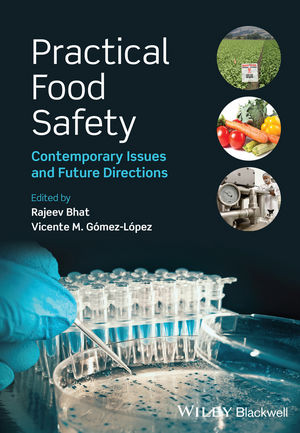Today, April 7, 2015, is World Health Day. This year, the World Health Organization is dedicating this day to “food safety.” The year 2015 is also the twentieth anniversary of the World Trade Organization (WTO), the creation of which (in 1995) had a major impact on food safety; it promoted the subject on the health, economic and political agendas. During the last two to three decades, the world has been the arena of numerous food safety crisis and untold numbers of incidents of food contamination or foodborne disease outbreaks. Many of these, particularly in developing countries, never come to the attention of the public health authorities, much less the general public. Nevertheless, major progress has been made in food safety management, even though lessons learned were to the cost of many incidents, where people have been injured or lost their lives.
A Glimpse into the Past
Food safety has been of concern to humankind since the dawn of history. In early times, the major concern and threat to survival of humans was probably the consumption of poisonous foods. It is presumed that primitive humans used their sensory perceptions, that is, taste and smell, together with memory to evaluate the safety of their food. In other words, consumers would directly taste the food and would, through trial and error, learn which ones were safe and which ones were to be avoided.
As civilization progressed, in many cultures, religious rules prescribed food handling practices that protected people from certain foodborne diseases. However, the flourishing of trade gave rise to concerns for food adulteration and fraud and coming into force of first laws. For centuries progress was slow.
A turning point in the history of food safety was the discovery and utilization of microscopes by Anton von Leeuwenhoek (1632–1723) who first reported seeing microbes. He called these “animalcules.” Later in the nineteenth century, the work of scientists such as Louis Pasteur (1822–1895) who developed the germ theory, and Robert Koch (1843–1910) known for the criteria that establish the causal relationship between a pathogen and an illness, set the foundation of modern food hygiene and food microbiology. Advances in science and technology in the last 200 years led to new methods of food preservations. Some like canning or spray drying were initially for military purposes. These methods were instrumental in transforming lifestyle and set the ground for industrialization of food production. Scientific developments in analytical techniques have also been an important impetus in the development of food safety, as they have increased scientists understanding of biological hazards, their ecology and their methods of control.
In spite of this progress, until the 1970–80s, in many countries, food safety remained as an empirical science, principally, based on codes of good practices. As many prevalent infectious diseases, for example, cholera, shigellosis, typhoid and paratyphoid fevers, were attributed to the use of unsafe water or poor sanitation, the use of unsafe water was the main concern and the codes focused principally on sanitary measures. The management of food establishments was also heavily based on visual inspection, and sometimes on subjective judgments. As laboratory techniques developed, microbiological or chemical testing of food products came to complement visual inspection and formed the basis for food safety management. Where these measures have been implemented, they have been effective in preventing and reducing diseases such as cholera and typhoid and paratyphoid fevers for which water plays a central role in their spread in the environment. However, they have been insufficient to prevent other types of foodborne diseases, some of which increased dramatically.
Defying Challenges
In the mid-1980s and 1990s, with the increase in foodborne diseases and a number of adverse food safety events, public health authorities realized the magnitude of the challenges that they were facing, namely:
• A substantial increase in a number of foodborne diseases such as salmonellosis, campylobacteriosis, listeriosis, E. coli O157, etc., and the serious and chronic health consequences of these.
• Increased likelihood of large-scale foodborne disease outbreaks, due to industrialization and mass production
• Emergence of new pathogenic agents such as enterohemorrhagic E. coli, Campylobacter spp. and opportunistic pathogens such as Cryptosporidium, Listeria monocytogenes, Cronobacter sakazakii (previously Enterbobacter sakazakii)
• Increased concern for the health effects of chemical contaminants and environmental pollution
• An increase in the number of vulnerable population, in particular immunocompromised individuals and the elderly
• Urbanization and changes in lifestyles with subsequent increases in the number of out-of-home meals and a growing number of establishments for food services and work canteens
• An increase in international trade in food and travel with the risk of importing contaminated food or infected persons
• International recognition of the role of food contamination in infant diarrhea and its association with malnutrition received
• The recognition of the role of professional and domestic food handlers in food safety and the need for the education and training [This poses a tremendous challenge to educate (and/or train) an entire population, as any member of the population is a potential food handler, with the exception of newborns.]
Parallel to these developments, a number of adverse events contributed to an increased concern. Among these:
• The cholera epidemic in Latin America and Africa in the 1990s raised the awareness of the governments of the developing countries on the importance of food safety management; countries who were affected by cholera saw their food export embargoed for food safety reasons. Later, the European Union extended their food import embargo to all those countries that could not demonstrate adequate capabilities in controlling the safety of their food supply.
• In Europe, a wave of several food safety crises, notably the BSE crisis in 1996 and 2000, and the dioxin crisis in 1999, revealed gaps in food safety management. Worldwide outbreaks of foodborne diseases caused by pathogens, such as Salmonella, enterohemorrhagic E. coli and L. monocytogenes, alerted the general public. Subsequently, a general atmosphere of mistrust developed in many western countries. This in turn affected the acceptance of novel technologies such as biotechnology, food irradiation, or industrial methods of food preservation such as the use of food additives.
• Concomitant with the increased public concern, the finalization of the Uruguay Round of Multilateral Negotiations in Marrakesh and the establishment of the WTO in 1995 paved the way for increased trade in food and feed, and raised concerns about the eventual import of contaminated food and feed. To provide countries with the right for protection of their populations without establishing unnecessary discriminatory regulations, two agreements came into force with the establishment of WTO. These agreements were 1) Agreement on the Application of Sanitary and Phytosanitary Measures (SPS) and 2) Agreement on the Technical Barriers to Trade. These agreements also included concepts such as appropriate level of health protection, risk assessment, equivalence, etc, which required further clarification.
In this climate of public concern, a number of questions were raised and debated among stakeholders:
• How safe should food be?
• What should the appropriate level of protection be?
• To what level should hazards in food be controlled?
• Who decides and what data should be considered in the decision-making process?
How are consistency, objectivity, acceptability and efficiency ensured?
• How efficient and cost-effective is a control measure and at what point of the food chain should a hazard be controlled and at what cost?
• How are feasibilities and other risks factors considered in the decisions?
• How will food safety be controlled in the global market?
From their perspective, consumers represented by the consumer organizations also raised questions such as:
• Who is deciding? And on what basis?
• How is the uncertainty considered in the decision-making processes?
• How are stakeholders’ views taken into account?
• How are the societal values considered?
These questions gave rise to the principles and concepts such as transparency, precautionary principles and involvement of stakeholders in the decision-making process, and considering scientific and social values in this process.
Food safety incidents, such as BSE and dioxin mentioned above, also raise the importance of:
• The ‘Farm to Fork’ approach
• The consideration of science and uncertainty in science in the process
• Transparency in decision-making
• The impact of perception on the food supply
The WTO/SPS agreements also contributed to the development of a number of food safety principles. Among others, it required that regulations follow a certain number of principles, namely:
• Be based on sound scientific assessment of the risk
• Be nondiscriminatory
• Be transparent
• Accept equivalent approaches to achieve the same level of health protection
Additionally, the WTO referred to the standards, practices and other recommendations of the Codex Alimentarius Commission (CAC) as representing international consensus regarding health and safety requirements for food. In other words, the SPS agreement recognized the CAC as a reference for international requirements for food safety. This meant that countries that rejected food which complied with the Codex food safety standards had to provide scientific evidence that the food in question posed a specific risk for their population. Indirectly, this encouraged countries to align their legislation with the standards of CAC. Short of this, they could be challenged by the exporting country, and eventually required by a WTO Dispute Settlement Panel to provide scientific evidence, that is, risk assessment data, for having a legislation that is more stringent than the standards and recommendations of CAC. An illustrative example of the application of this article was the case of hormones in beef for which European countries had to provide evidence of risk before a WTO Dispute Settlement Panel.
 These developments at the international level and the increased awareness of the general public led to numerous changes in the management of food safety. In the food industry, the Hazard Analysis and Critical Control Points (HACCP) system and traceability received heightened attention, and in some countries, it became mandatory. At the governmental level, risk analysis emerged as a decision-making process. In some countries or regions, it led to the restructuring of governmental institutions. For instance, in Europe, the European Food Safety Authority was established in 2002 as a result of this. Some of the major progress in food safety management in the past two to three decades is summarized in the table.
These developments at the international level and the increased awareness of the general public led to numerous changes in the management of food safety. In the food industry, the Hazard Analysis and Critical Control Points (HACCP) system and traceability received heightened attention, and in some countries, it became mandatory. At the governmental level, risk analysis emerged as a decision-making process. In some countries or regions, it led to the restructuring of governmental institutions. For instance, in Europe, the European Food Safety Authority was established in 2002 as a result of this. Some of the major progress in food safety management in the past two to three decades is summarized in the table.
Future Outlook
Today, concepts such as HACCP and risk analysis have been well developed and integrated in the management of food safety and hygiene at national and international level. Codes of good practices have become much more robust. Laboratory and analytical methods have advanced significantly and become routine. Communication with consumers and consideration of their perceptions in decision- making process has become the modern modus operandi of governments. Crisis management has become much more proficient.
One of the key developments in the recent year has been the recognition of the need for an integrated approach to management of food safety and hygiene, particularly in consideration of industry practices. Subsequently, private standards such as ISO 22000 have been developed to allow for a more thorough and efficient verification of food operations.
Undoubtedly the management of food safety and hygiene in the food chain has improved. Today, the food safety community has all the tools and elements to provide a safe food for the population. Nevertheless a number of challenges remain:
• Quantitative risk assessment as a basis for decision-making is still in its infancy. New concepts such as food safety objectives and performances objectives have been developed, however except in a few cases, they are not yet widely applied.
• Toxicological evaluation of chemical hazards, in particular, long-term exposure to low doses and/or their interactions, as well as their monitoring in the food supply, needs to continue with a high degree of vigilance and impartiality.
• The food industry is still struggling in implementing management systems such as HACCP, partly because food operations, be they large or small, have each their complexity. Application of HACCP, as it was envisaged, meet enormous difficulties. This is partly because HACCP is very time consuming and management of many companies fail to provide the necessary expertise, time investment and/or human resources. These gaps stem for the fact that often food safety are taken for granted and the true needs are for ensuring food safety are underestimated and are not recognized at their fair value.
• In some operations, the application of basic hygiene continues to be substandard; food service operations in the developing countries remain a particular concern. This is a threat to the local population, as well as travelers and international trade.
• There has been an increase in incidence of fraud and adulteration of food. The unpredictable nature of such events renders their prevention and management very difficult. Whistleblowing is perhaps the most efficient way for preventing or limiting fraud as well as mismanagement or misconduct in food safety. Considering the globalization of the food supply and the likelihood of importing contaminated products from exporting countries, legislation on whistleblowing needs to be harmonized among countries.
• The concern for emergence of new pathogens, acts of sabotage, tampering or counterfeit products will continue to loom.
• Climatic changes and subsequent environmental disasters (e.g., floods) will also contribute to the emergence of new threats or contamination of the environment. The implications of these for the safety of the food supply, particularly agricultural products, need to be anticipated.
• Similarly, demographical changes, their impact on food security as well as socio-economic situations of countries will continue to influence food safety standards and practices, and related public health outcomes.
• Investigation of outbreaks, and their root cause analysis up to the level of management of companies, still need to be developed and reinforced. Short of this, outbreaks will be repeated as was the case with several incidences of Salmonella in peanut butter in United States, or melamine in the U.S. (2007) and China (2008). It is important that, the outcomes of investigations of incidents are shared with the entire community of food professionals.
• More attention should be given to the health and safety of operators, as their health conditions can impact safety of products and services in multiple ways. Communicable illness in food handlers can be a source of contamination of food. However, other factors such as burnout, overwork, stress, mistreatment and abuse of staff can also increase the risk of human error, accidental contamination or deliberate sabotage, for example, tampering.
• There is also a need for governmental agencies to be more proactive with regard to whistleblowing cases, and not only encourage whistleblowing but also protect whistleblowers against retaliation, as reparation of injustice made to them is difficult and insignificant compared to the prejudice they undergo. Fear of retaliation will silence whistleblowers, which play essential roles in prevention of mismanagement and negligence.
• Finally, a question for future is what the Trans-Pacific Partnership Agreement and The Trade in Services Agreement will bring about, and how they impact the safety standard of our supply?
This article is based on the chapter "Starting Point: What is Food Hygiene?" from the Handbook of Hygiene Control in the Food Industry, Eds Huub Lelieveld, John Holah and Domagoj Gabri? (@Elsevier, Academic Press, Waltham Massachusetts., to be published).
Yasmine Motarjemi, Ph.D., holds an M.Sc. degree in food science and technology from the University of Languedoc, Montpellier, France, and a Ph.D. in food engineering from the University of Lund, Sweden.
>
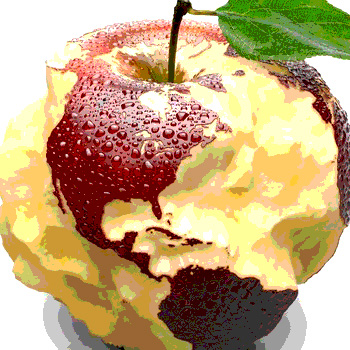
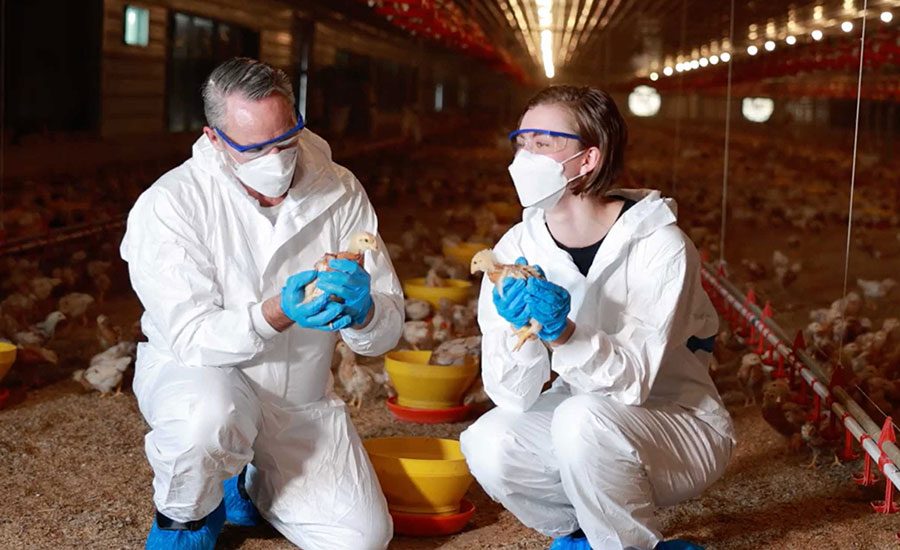
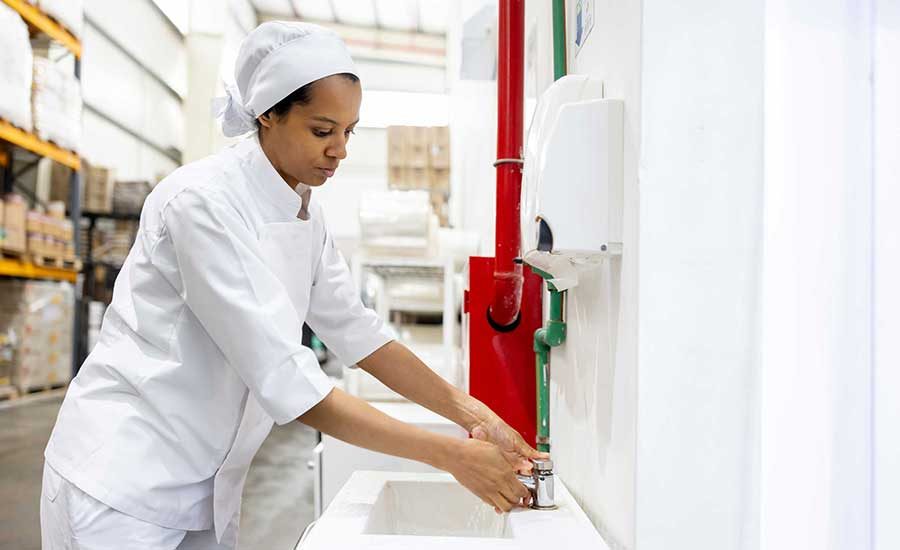



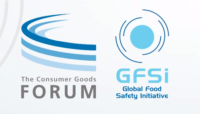
.webp?t=1721346792)
